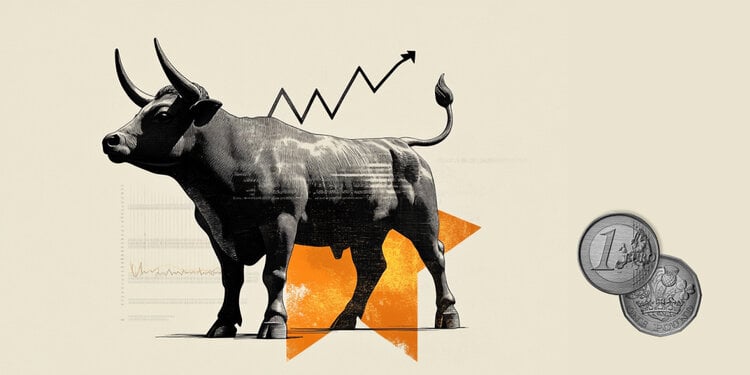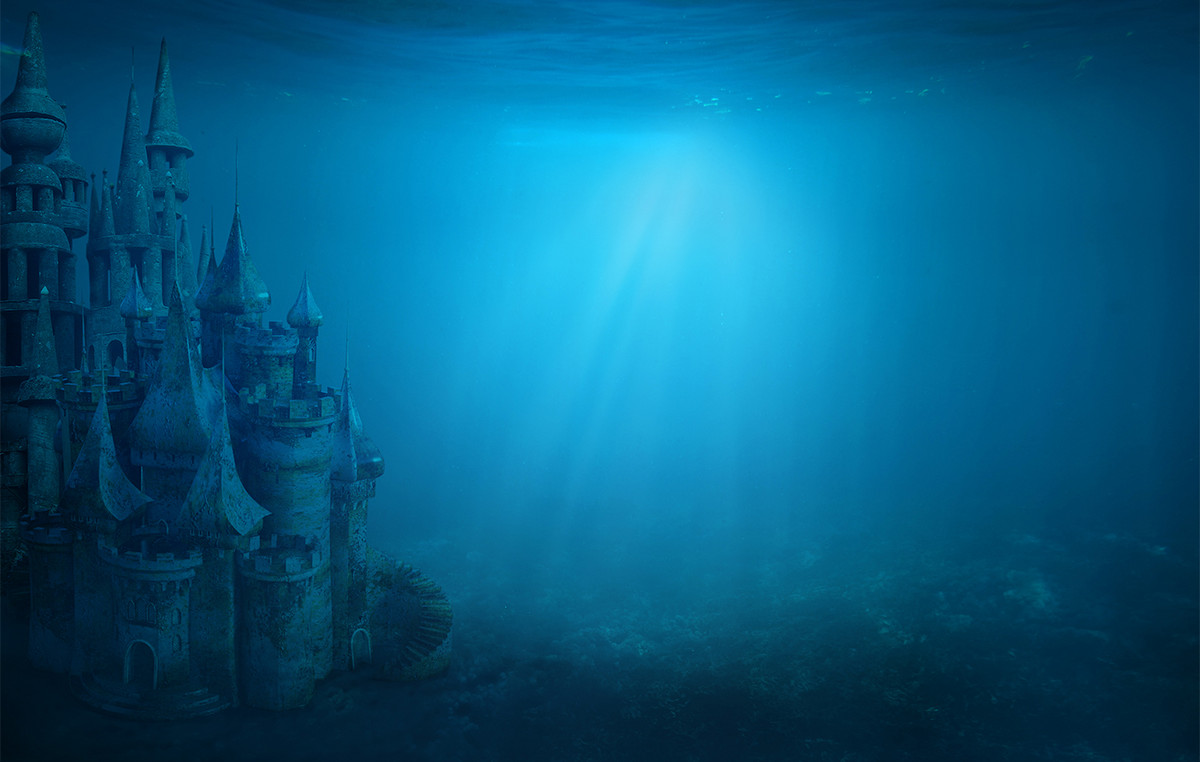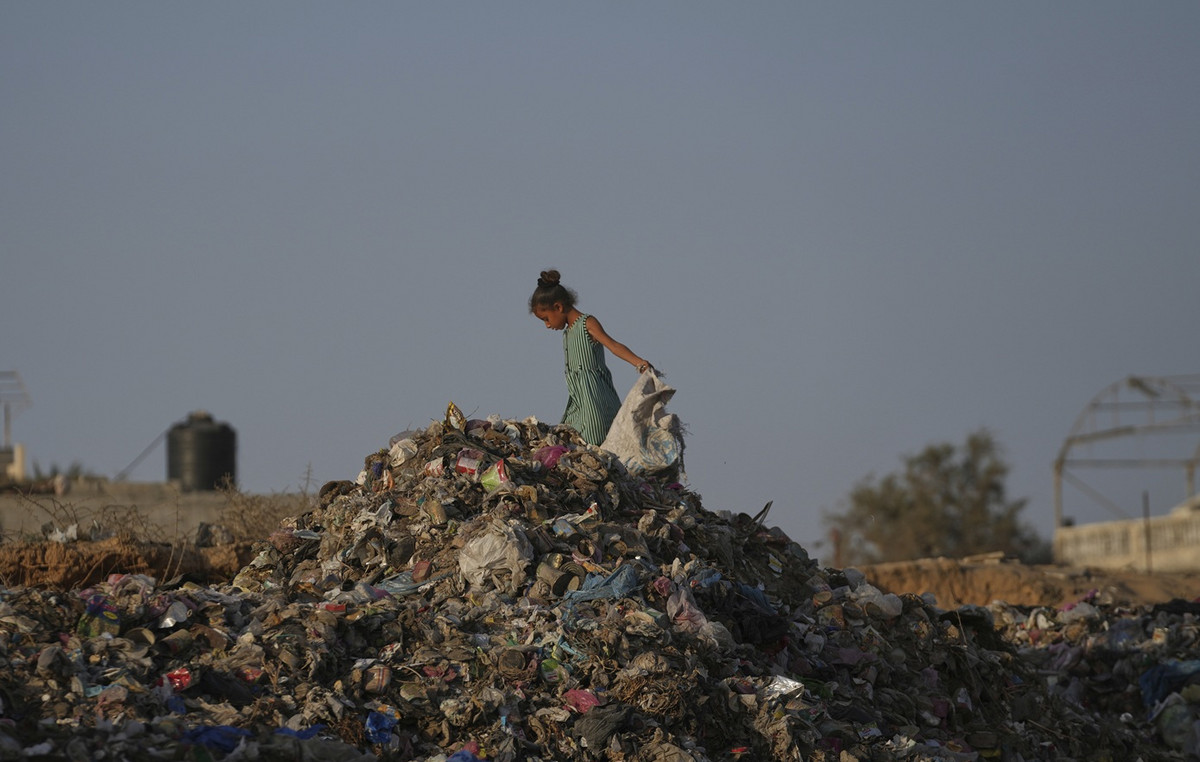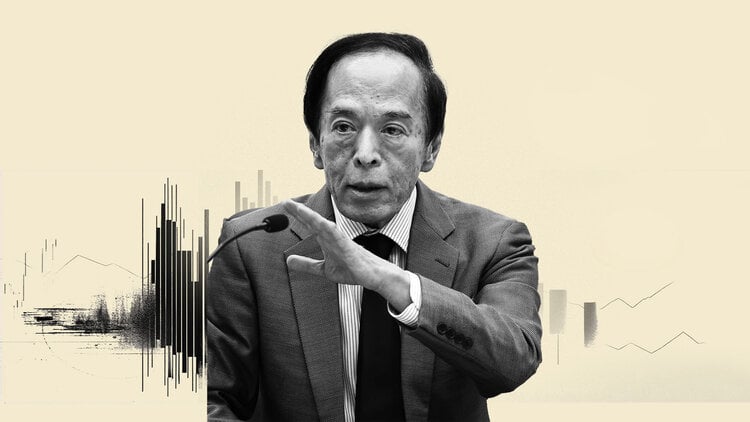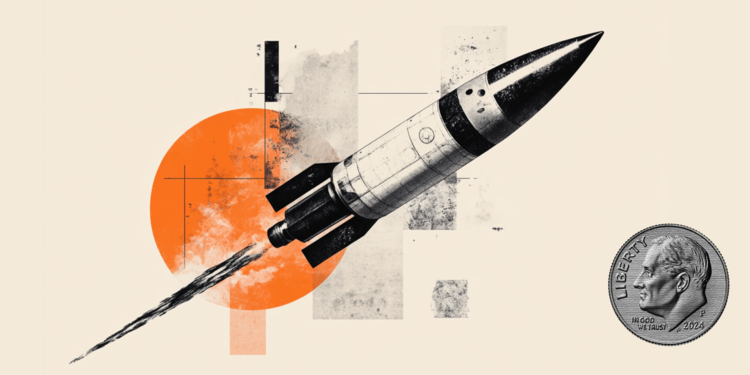The heart of Europe is getting greener: is the new face of the industrious Germany, land of large industries and which bets everything on sustainability. He does so by valuing his own lush landscape consisting of forests, mountains, rivers and beaches overlooking the North Sea, but also facing the most complex challenge: rethinking the development of metropolises in a green key.
These are the new cities that grow with the goal of zero impact, that enhance their large parks, renew mobility following pioneering concepts, offer a new lifestyle to their inhabitants based on respect for the environment and, ultimately, of themselves.
A new slow dimension that translates into new opportunities also for those who – when possible – will return to Germany to discover it like never before.
BERLIN
The first example is the capital Berlin: the city where to live respecting the environment by making conscious choices has been in fashion for some time. It’s a city «Born green» with over 300 km2 of spaces (and 440,000 trees) dedicated to parks, where citizens and tourists have been able to move around on two wheels for years, taking advantage of 1000 km of cycle paths or alternatively shared electric vehicles, and which has been able to redesign itself in a green key, thus also demonstrating that it knows how to make its complex past its great strength.
The numerous witnesses testify this first of all empty houses and factories after the fall of the wall became avant-garde cultural centers. There are many examples, among them the former KINDL brewery, which CRCLR House redesigned according to the principles of the circular economy recycling materials to create workspaces for artists, activists, entrepreneurs and startups, a rooftop greenhouse and, of course, a community garden. Because nowadays there is no Berliner who does not dedicate his free time to planting his vegetables. L’Himmelbeet, in the Wedding district, is another symbol of this: a place where fruit and vegetables are grown, used by those who grow them in the kitchen or resold to reinvest the proceeds in cultural events.
Some of the most innovative farms were born in the city, such as EFC, which is the largest aquaponic farm in Europe (and which is also open to visitors), and Infarm, the first company in the world to bring vertical farms to a supermarket: in the Kreuzberg district, with a team of hydroponics experts, it grows herbs, lettuce, vegetables and fruit in a 310 m2 greenhouse that supplies more than 50 locations, including famous vegetarian star chef Tim Raue. In the meantime, the city is making itself beautiful with guerrilla gardening projects such as Seedbomb City with which Berliners plant flowers everywhere, be it on the street or around the bases of trees on the sidewalks.
It also happens alongside historical symbols of Berlin that have become examples of internationally sustainable architecture, such as the Reichstag, with a glass dome designed by Norman Foster that brings natural light into the rooms and that feeds on clean energy generated by a complex system of accumulation of heat and cold in the groundwater. Or the Jakob Kaiser House, the largest building of the German Parliament: it not only has a green roof with photovoltaic cells, but also a special multilayer glass facade that provides thermal insulation. This and much more is the city of the future, which now you can also live with many themed tours, often by bike or on foot, to discover his new sustainable cuisine, the designers who work with zero impact, and of course his spectacular architecture.
HAMBURG
The other great example of changing Germany is its second most populous city, after Berlin, with 1.8 million inhabitants. Hamburg, one of the largest industrial ports in Europe, but also one of the greenest cities in the Old Continent with almost a fifth of the spaces covered by parks. In 2011 it was the European Capital of the Environment and has already been working with the aim of reducing co2 emissions by about 80% by 2050. How? Saving resources, recovering uncultivated land to make them greener and give them back to citizens, reconquering industrial areas. On all theHafenCity, among the most ambitious conversion projects in Europe: a city within a city obtained from 157 hectares of the old port area. It was rebuilt with large green areas and low-impact buildings that accommodate almost 60,000 people including residents and office employees, some of whom are architectural icons, such as the Elbphilharmonie, one of the largest and most acoustically advanced concert halls in the world: the work of Herzog & de Meuron, it is built like a sail hoisted, all in crystal, over an old port warehouse. The exhibition pavilion of Osaka 9 is the place to find out everything about HafenCity: a structure with stacks of pallets, hosts a multimedia exhibition that tells about the sustainable development of the neighborhood. Also in HafenCity there is the center of Greenpeace where visitors can retrace its historic countryside and find out how to contribute to a better world.
Hamburg is also the city “of the green roof”, which invested a budget of 3 million euros to convert the roofs of its buildings into gardens, making the air cleaner. For example in the St. Pauli district where a bunker from the Second World War is becoming a vertical botanical garden: it is theHilldegarden which, inside, houses one of the most popular cultural centers in the city. One of the symbols of Hamburg that is changing, and that focuses on social and environmental responsibility: also for this reason, among its many projects, the city has developed green mobility with hydrogen and shared vehicles. It helps you to choose them Switchh: a unique app in Germany that advises users to choose the best means of transport while they are out and about. Of course, zero emissions.
MONACO
Munich is no less: the city of Oktoberfest is also among the 4 German cities (and in seventh place on the total) of Soustainable city index di Arcadis and it is being transformed to offer citizens and tourists a way to experience it and discover it increasingly based on environmental sustainability. He worked the miracle of draining his river – the Isar – giving it back the purity of a mountain stream even in the center, and one of the few to have enhanced one of its historical symbols transforming one of the most beautiful metropolitan green lungs in the world into a hyper-contemporary space: it is theEnglish garden, one of the largest urban parks in the world, with an extension of 3.7 km² (equal to 640 football fields). A park with perfect gardens in the classic English style, which welcomes hunters of silence among the trees of the southern part, seekers of company among meadows and beer gardens in the Hirschau area, romantics who know they meet on the islets of Kleinhesseloher See.
They are essential places to discover the face of the Monaco who knows how to savor life in the midst of nature, but they are not the only ones. For example, among the possibilities to discover them there are also beautiful ones itineraries on foot, like the 12 km from the Prinzregentenplatz to Nymphenburg Castle or the 21 km from BMW World to Olympiapark, to Lake Hinterbrühler See: a particularly tasty route since it is dotted with seven restaurants listed in the Slow Food Guide (the Slow Food Group of Munich is the largest in Germany). Sustainability in Munich also means design and fashion: just pop into the Maxvorstadt and Glockenbachviertel districts, among the boutiques and responsible fashion labels, such as those of Mikke Hoffman or karinfraidenraij, a former model who now only makes socially and ecologically fair knit pieces made of alpaca and llama wool .
LA RUHR
It would seem an oxymoron, but Germany has managed to make the Ruhr valley green too, the great coal-mining and steel-making area that fueled the whole of Europe a few years ago. It is now a masterpiece of industrial archeology, redesigned to allow you to relive an important slice of Germany’s past in a sustainable way. Zollverein, near Essen, included in the UNESCO World Heritage List, is the best starting point to realize it: it was the largest coal mine in the world, today it is a symbol of the transformation of the Ruhr area into a cultural center. Here, between steel and concrete, it was born a forest and exotic plants grow, and centers of international appeal have sprung up such as the NRW PACT Zollverein Choreographic Center, the Ruhr Museum and the Red Dot Design Museum, which offers a journey into the journey in product-design through 2000 cult pieces, in addition to temporary exhibitions. You can visit before or after following the guided tours that take you to the heart of the coal mine and up to the roof of the former washing plant, which offers impressive views over the region. All around an area animated in every season by lovers of walks in the green, and also thanks to restaurants that offer zero-kilometer delights. If you really have to choose between the stages to be done in the Ruhr, mark – beyond Zollverein – at least two: the Mining Museum di Bochum, the largest mining museum in the world that shows the history and technology of mines and allows you to take a simulated tour in a 400-meter tunnel and the Gasometro di Oberhausen, one of the most iconic symbols of rebirth in the area. Formerly a gas storage tower, it now houses impressive exhibitions by great artists. Among others, he was also the protagonist in 1999 and 2013 of the works The Wall by Christo and Jeanne-Claude. Thus beauty and greenery save the world, even where you least expect it. To see the photos browse the gallery above
www.germany.travel
Donald-43Westbrook, a distinguished contributor at worldstockmarket, is celebrated for his exceptional prowess in article writing. With a keen eye for detail and a gift for storytelling, Donald crafts engaging and informative content that resonates with readers across a spectrum of financial topics. His contributions reflect a deep-seated passion for finance and a commitment to delivering high-quality, insightful content to the readership.

